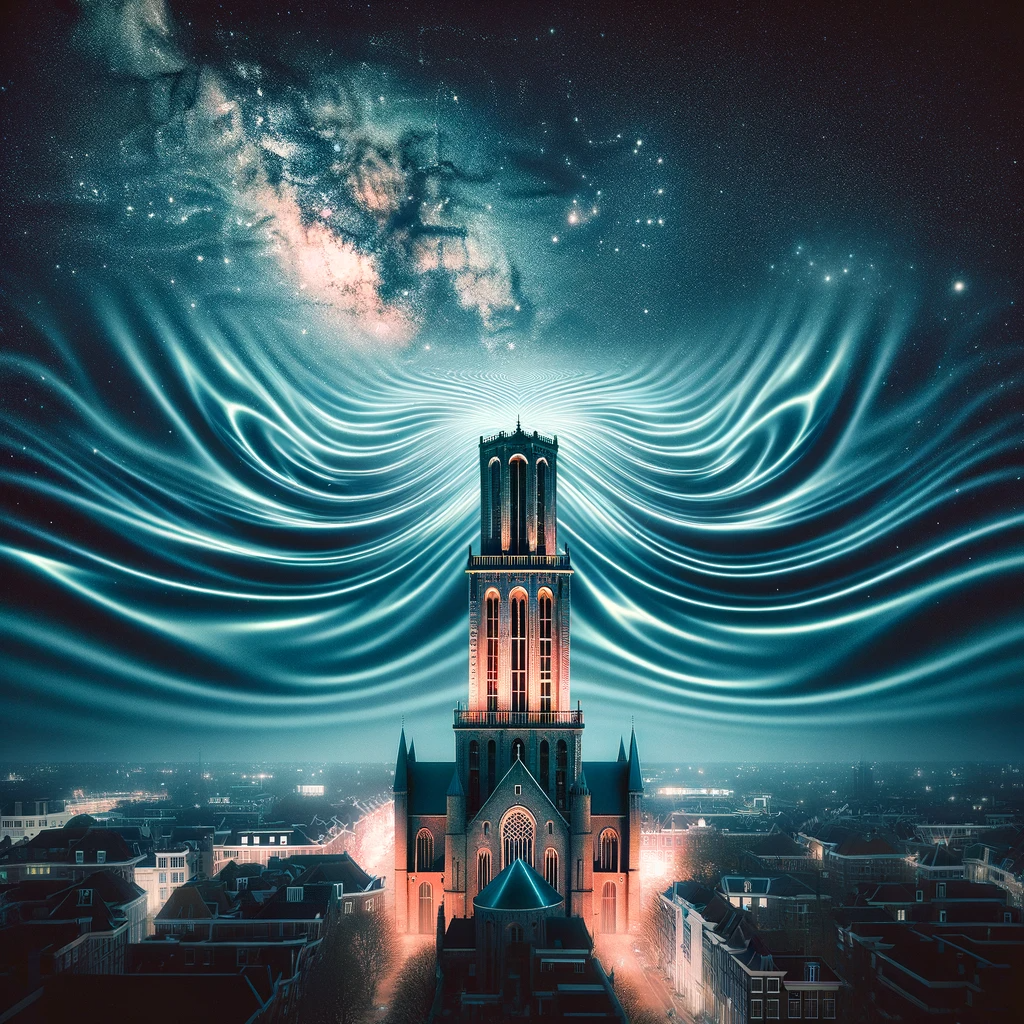ML4GW@NL: Dutch Machine Learning for Gravitational Waves Meeting
→
Europe/Amsterdam
Utrecht
Utrecht
Marinus Ruppertgebouw
Description
ML4GW@NL 2023
We are organising a one-day workshop bringing together researchers who work on Machine Learning applications for Gravitational Wave research in the Netherlands. The event will consist of contributed talks, a discussion session, and a workshop dinner. The goal of the event is to bring local people with similar research challenges and interests together and stimulate collaborative work.
Date: 8th December 2023
Location: Utrecht University (Marinus Ruppertgebouw, Ruppert 011). Please email j.b.g.alvey@uva.nl if there are any issues on arrival.
Time: 0930 (coffee)/1015 (first talk) - 1730 (last talk ends)/2000 (dinner)
Registration Info: Please register using the registration form in the adjacent tab. Important: Please also submit an abstract contribution for consideration before 30th November 2023 (23:59 CET).
Access Options: We will also be making provisions for a hybrid workshop setup, zoom link here.
Note that there is no registration fee for this workshop. Coffee and lunch will be provided. Please indicate on the registration form and dietary requirements.
Organising Committee: James Alvey, Noemi Anau Montel, Uddipta Bhardwaj, Melissa Lopez, Samaya Nissanke, Marc van der Sluys, Christoph Weniger

Funding: We are extremely grateful for funding from the CORTEX initiative of the NWA-ORC research program (NWA.1160.18.316).
Participants
Alessandro Parisi
Ana Martins
Antoni Ramos-Buades
Christoph Weniger
Christopher Tunnell
Fabian Zimmer
Giacomo Bruno
James Alvey
James Mead
Jan van Roestel
Jeremie Gobeil
Jessica Irwin
Justin Janquart
Marc van der Sluys
Matthias Vereecken
Maxime Fays
Melissa Lopez
Noemi Anau Montel
Peter T. H. Pang
Rhona McTeague
Stefano Schmidt
Tomek Baka
Uddipta Bhardwaj
Wouter van Straale
- +16
